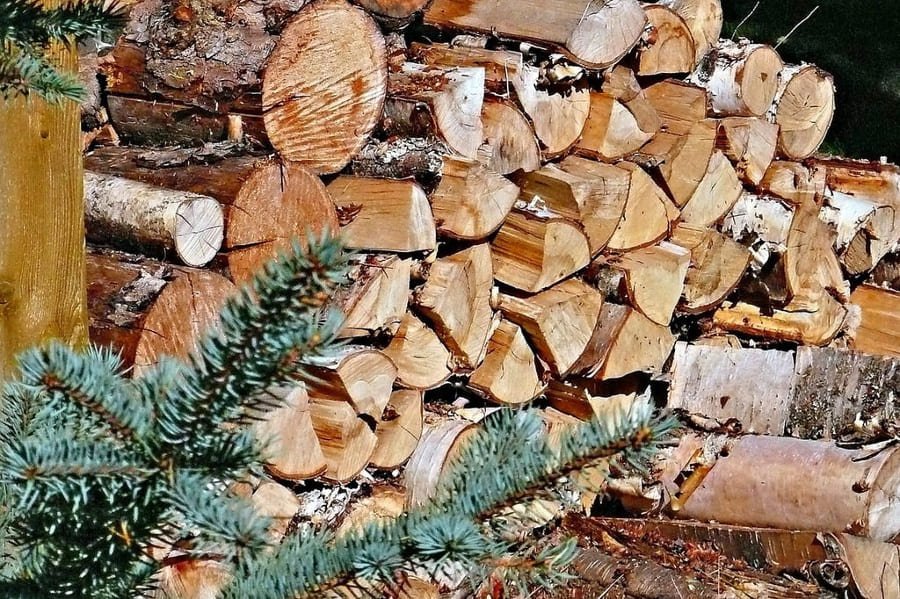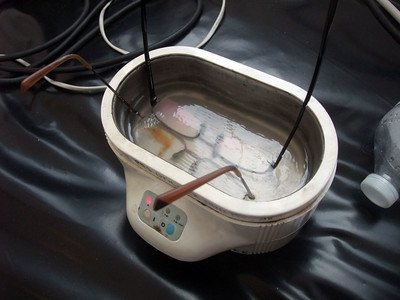When it comes to selecting firewood, the question of whether pine is a good choice often sparks heated debate among firewood enthusiasts. Pine is one of the most abundant and easily accessible types of wood, making it a tempting option for many. But is it really the ideal firewood for your needs?
Let’s dive deep into the world of pine, exploring its characteristics, benefits, drawbacks, and the best ways to use it effectively. By the end of this exploration, you’ll have a comprehensive understanding of what makes pine both unique and divisive as a firewood choice.
The Basics: Understanding Pine Wood

Pine is a softwood, which means it comes from a coniferous tree rather than a hardwood like oak or maple. Known for its rapid growth and straight grain, pine is commonly used in construction, furniture, and paper production. Its light, airy structure and high resin content also make it an appealing choice for firewood—at least on the surface. However, to truly evaluate its worth, we need to delve deeper into its physical characteristics and performance as firewood.
Softwoods like pine are often characterized by their fast growth and relatively low density compared to hardwoods. This low density makes pine lighter and easier to handle, which is a blessing when hauling or splitting logs. However, it also impacts its burn time and heat output, as we’ll see shortly.
The Heat Factor: How Hot Does Pine Burn?
One of the most important considerations when evaluating firewood is its heat output, measured in British Thermal Units (BTUs). Pine typically delivers between 14 and 17 million BTUs per cord, which is lower than hardwoods like oak (24-25 million BTUs) but still respectable for a softwood. It burns hot and fast, making it a great choice for quickly warming up a room or igniting a fire in a cold fireplace.
However, because it burns quickly, you’ll need to frequently add more logs to maintain a steady flame. For those cozying up on a cold evening, this might not be a big deal. But if you’re heating your home over a long winter night, pine’s short burn time might not meet your needs. Its quick heat is ideal for short-term use, such as warming up a space before switching to a denser, longer-burning hardwood.
Burning Characteristics: Pros and Cons
Burning pine comes with a unique set of advantages and disadvantages. Let’s explore these in detail to give you a balanced view:
Pros:
- Easy Ignition: Pine’s high resin content makes it incredibly easy to ignite. Whether you’re starting a campfire or kindling a wood stove, pine lights up with minimal effort, even in less-than-ideal conditions.
- Quick Heat: If you’re looking to warm up a space in a hurry, pine’s fast-burning nature is a major advantage. Its flames come to life quickly, providing immediate warmth and a lively ambiance.
- Pleasant Aroma: The resin in pine releases a fresh, piney scent as it burns, adding a cozy and nostalgic atmosphere to your fireplace. This aroma can evoke memories of holidays, winter nights, or outdoor adventures.
Cons:
- Creosote Build-Up: The same resin that makes pine easy to light also contributes to creosote accumulation in chimneys. Creosote is a flammable, sticky substance that can increase the risk of chimney fires if not properly managed.
- Frequent Reloading: Pine burns faster than denser woods, so you’ll find yourself frequently tending the fire to keep it going. While this can be manageable for short-term fires, it becomes less convenient for prolonged heating needs.
- Soot Production: Pine’s high resin content can lead to more soot and ash, which means more cleanup after your fire. This might not be a dealbreaker but is worth considering for those who prefer low-maintenance options.
The Risk Factor of Creosote: Is Pine Safe for Indoor Use?
One of the biggest concerns with burning pine is the potential for creosote build-up in your chimney. This sticky, flammable substance forms when wood burns incompletely, and pine’s resin-rich nature accelerates its production. Over time, creosote can accumulate in chimneys, increasing the risk of chimney fires. The thought of this risk can make some homeowners nervous, but it’s important to approach this issue with perspective.
While this risk is real, it’s manageable with proper precautions. Regular chimney cleaning and inspections can mitigate the risks associated with burning pine indoors. Additionally, seasoned pine—wood that has been dried for six to twelve months—produces less creosote than green or freshly cut pine.
It’s also worth noting that pine is an excellent choice for outdoor fire pits or campfires, where creosote isn’t an issue. Its quick-burning nature makes it ideal for toasting marshmallows, gathering with friends, or enjoying the crackling sound of a lively flame under the open sky. For outdoor enthusiasts, pine can be a trusty companion for creating memorable moments around the fire.
The Emotional Connection: Why Pine Has Its Place
There’s something uniquely charming about burning pine. Its vibrant flames, pleasant aroma, and cheerful crackling sound create an inviting and nostalgic ambiance. If you’ve ever gathered around a pine-fueled campfire under a starry sky or curled up next to a pine-burning fireplace during the holidays, you know the special warmth it brings—both literally and figuratively.
Pine has a way of connecting us to nature and simpler times. It reminds us of childhood camping trips, holiday traditions, and the primal comfort of a roaring fire. While it may not be the most efficient firewood, it has an intangible quality that resonates with the heart as much as it warms the body.
Practical Tips for Burning Pine
1. Season It Well: Let pine logs dry for at least six months, preferably a year. This reduces moisture content and minimizes creosote production. Proper seasoning transforms pine from a potentially smoky, resin-heavy wood into a cleaner-burning option.
2. Mix It Up: Pair pine with hardwoods for a balanced burn. Use pine to ignite the fire and add hardwood logs for long-lasting heat. This combination leverages pine’s quick-starting flames and hardwood’s enduring heat.
3. Clean Your Chimney: If you frequently burn pine indoors, schedule regular chimney cleanings to prevent creosote build-up. Staying proactive ensures a safer and more enjoyable experience.
4. Burn Responsibly: Limit pine’s use to shoulder seasons or quick fires rather than relying on it for all-night heating. This strategy helps you make the most of its strengths while mitigating its weaknesses.
Final Verdict:
So, is pine a great firewood? The answer depends on your specific needs. If you’re looking for a wood that’s easy to light, burns hot and fast, and is readily available, pine is an excellent choice. It’s perfect for starting fires, short-term heating, or creating a cozy ambiance. However, if you’re seeking long-lasting heat or worry about creosote accumulation, it’s best used as part of a mix with denser woods.
In the end, firewood is about more than just heat output or burn time. It’s about the moments spent around the fire—sharing stories, sipping hot cocoa, or simply enjoying the flickering glow. Pine may not be the heavyweight champion of firewood, but it has a unique charm that makes it worth considering. Give it a try, and you might just find it earns a spot in your firewood rotation.



